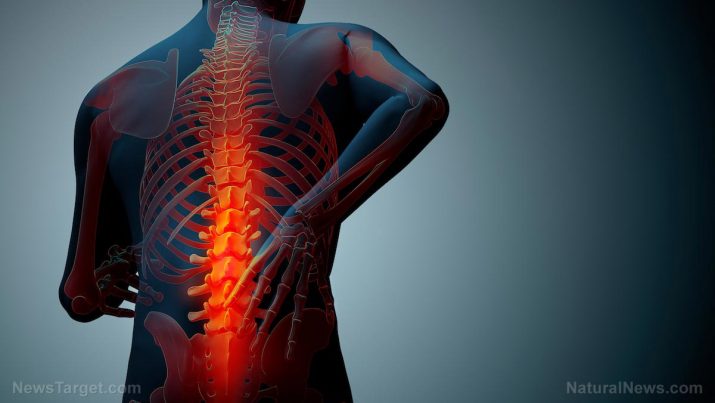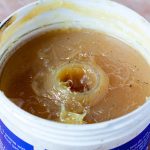
Science experiments on the space station: Innovative “bone glue” may stimulate bone growth, treat osteoporosis
Thursday, February 01, 2018 by Frances Bloomfield
http://www.realsciencenews.com/2018-02-01-science-experiments-space-station-bone-glue-may-stimulate-bone-growth.html

Gradual bone loss is a serious side effect that astronauts must endure during protracted spaceflights. This is due to the absence of gravity. Without gravity, bone regeneration undergoes a significant reduction while bone resorption increases. Scientists have been attempting to find a solution to this grave health issue for years, and they may have found it in a “bone glue.”
The material, known as Tetranite, is made from powdered calcium, amino acids, and a secretion excreted by sea barnacles to anchor them to underwater structures. This unique combination of chemicals makes for an adhesive that solves three problems that scientists have struggled to overcome. One is that Tetranite is injectable; two is that it works in liquids; three is that it’s biocompatible.
“So far, no one has been able to do all three of those things, but we think we have it,” said Brain Hess, chief executive officer (CEO) and founder of Launchpad Medical, the company responsible for the creation of Tetranite. “The calcium and the amino acids react to form a gluey substance that hardens. Over time the glue is resorbed by the body. What is unique about our material is that we believe it not only facilitates a hospitable environment for cells to grow and proliferate, but could stimulate activity of the osteoblast cells so there is a net increase in bone mass.”
On top of its potential for astronauts, the most practical use for Tetranite would be as a treatment for osteoporosis. As Hess explained: “If we can show that our material stimulates the production of new bone in the space environment, that will have a translational value back on Earth, that it could be used to someday treat patients with osteoporosis. But it could also be a material to help treat astronauts from the effects of deep space travel. That’s obviously a secondary reason of why we are studying this in space, but it is an interesting duality.”
As part of its development, astronauts on the International Space Station performed a series of cell culture tests with Tetranite. These 20-day tests were conducted within the sealed environment of the Microgravity Science Glovebox. Hess explained that the conditions aboard International Space Station were crucial to Tetranite’s advancement, as these requirements are unavailable on Earth.
According to Space.com, the experiment was scheduled to return to the planet via the SpaceX Dragon sometime in January. Currently, no further details on this have been released.
Hess hopes that the results turned out positive so that further testing can be carried out within the space station’s Rodent Research Facility. Tests done by Launchpad Medical have shown that dental implants can be successfully stabilized by Tetranite. In addition, the company believes that Tetranite could have multiple viable orthopedic applications. (Related: Vitamin D and osteoporosis: How this ‘miracle’ vitamin can restore optimum bone health in men and women.)
“We currently are doing testing on animals, and our next major milestone would be to get into human clinical trials for study, which we hope to be able to do in the next year or so,” said Hess.
Fast facts on osteoporosis
- Ethnicity, gender, age, and body size can all affect your susceptibility to osteoporosis. Women, Asians, and Caucasians are all at higher risk of developing this disease.
- When it comes to bone health, men are more likely to get osteoporosis later in life. As per EverydayHealth.com, the reason for this is that men have greater bone density and a slower rate of bone density loss.
- Having osteoporosis greatly ups one’s chances of sustaining fractures, particularly in the spine, wrists, and hips. Fractures can be extremely dangerous, since as much as 20 percent of hip fracture patients above the age of 50 die within one year because of fracture-related complications.
Learn more about osteoporosis and other bone-related conditions by visiting Health.news.
Sources include:
Tagged Under: Tags: bone glue, bone health, discoveries, goodmedicine, goodscience, health, inventions, medical technologies, osteoporosis, research, Space, Tetranite





